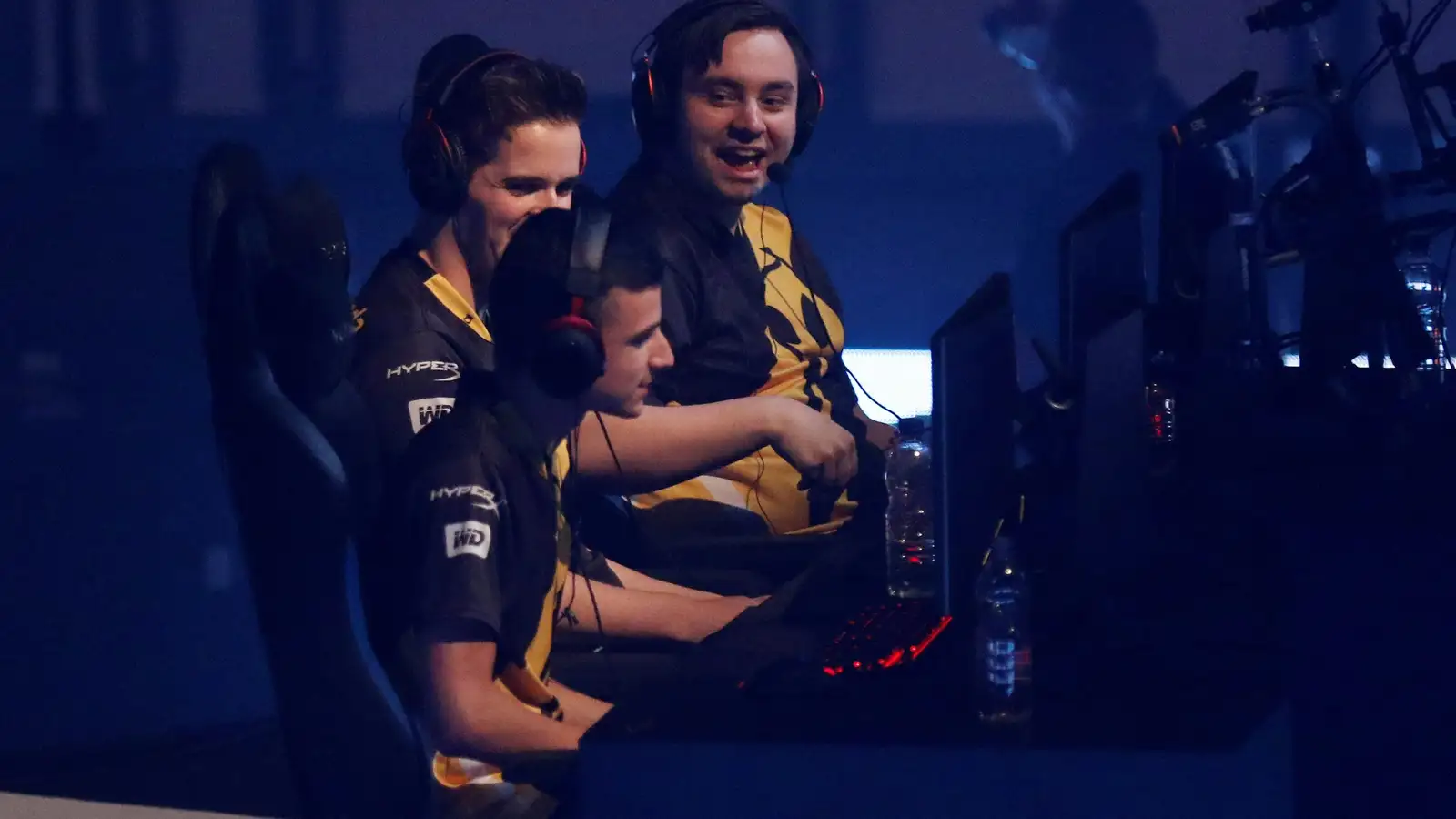You’d think that esports, a sport played behind computers rather than on the gridiron or the hardcourt, would naturally empower long, fruitful careers. But so far in the sport’s short history, that hasn’t been the case. Nick Taber, an American StarCraft pro, hung up his keyboard at 20 years old. Matthew “Burns” Potthoff spent a whirlwind career playing high-level Call of Duty before riding off into the sunset at the tender age of 24. Yes, there are some professional gamers who stick around their craft for decades (the legendary Japanese Street Fighter pro Daigo Umehara will turn 38 this year, and is still at the top of his game), but for the most part, the kids in this business fade away once they hit their mid-20s.
It’s hard to pin down one reason why esports careers are so short. We traditionally understand sports retirements through the lens of a devastating injury—concussions, achilles ruptures, and nerve damage that permanently hobble a promising athlete. If you’re a League of Legends pro, you aren’t risking your body in the same way an NFL quarterback does. The reasons for early retirement are less obvious.
The first is that there still isn’t a ton of money at stake for the average esports pro. Yes, the players at the top demand multimillion-dollar contracts, but that’s far from the reality that most pros face. The base salary for Overwatch League players is a scant $50,000, and an anonymous survey by ESPN put the average salary for an American League of Legends pro around $100,000. On top of these relatively low salaries, the professional structures for esports can be unstable. For instance, late last year Blizzard announced that it will be terminating the pro league for the company’s game, Heroes of the Storm, which means all of the pros in that league lost their jobs. It’d be like if the NFL decided to cancel the Super Bowl. That sort of instability doesn’t foster long-term job security.
The more pressing driver of early esports retirement is player burnout. There’s a misconception that professional gaming can be easily compared to the recreational gaming that happens in living rooms and internet cafes. But professional gaming isn’t leisurely: According to the Washington Post, 12-to-14-hour practice sessions are commonplace among many esports players. It’s simply too difficult to keep up with that hard of a grind for more than a short few years, and a lot of players understandably burn out after being in the churn for too long.
Perhaps surprisingly to some, injuries—of a different kind than one might incur on a football field—are also a factor in early esports retirements. Those 12-hour practice sessions can be devastating for players’ wrists and hands, which means that a lot of them develop carpal tunnel, or other repetitive stress ailments. A good comparison might be MLB pitchers, many of whom require Tommy John surgery at some point in their career in order to deal with the degenerative torque they put on the body with their throwing motions. League of Legends star Hai Lam briefly retired after developing a wrist strain in 2015, and Counter-Strike: Global Offensive pro Olof “Olofmeister” Gustafsson was sidelined for a few months in 2016 while he was rehabbing one of his shoulders. The problem has become so endemic that Los Angeles doctor Levi Harrison has carved out a niche in his practice to specifically treat esports-related injuries, in order to extend the careers of his patients. Harrison sums it up in an interview with Variety: “Your body and eyes can only take it for so long.”
Some teams hoping to extend the careers of star players have made investments in health and wellness. Team Liquid hired a chef and a sports psychologist. The Philadelphia 76ers-owned Dignitas put their players through rigorous strength training. As the industry grows more professional, esports players will have more access to the amenities expected from other sports. Another improvement could come in the form of player organizations, which would demand better work practices such as regulated practice hours, guaranteed contracts, and wide-ranging health insurance that could help prevent burnout and chronic injuries.
Esports is a diverse industry, encompassing many different companies, publishers, and games, so it’d be difficult to draft up a comprehensive suite of regulations that apply across the board. But there are some signs the companies involved are listening. Last year, Riot Games established the NALCS Players Association, essentially player representation for North American League of Legends pros, and the bargaining is transparently reported on their Twitter page.
Still, there is one possible contribution to early retirement in esports that probably won’t be solved by better wellness practices or player representation. In a range of tasks under laboratory conditions, cognitive speed seems to peak around the mid-20s, the same age that many pro esports players retire. In 2014, a group of researchers at Simon Fraser University looked specifically at the cognitive speed of professional StarCraft players and found that a 39-year old player is expected to be “150 milliseconds slower” in their inputs than a 24-year old player of equal ability. “Despite its early onset,” the paper concluded, “the decline is a significant performance deficit, suggesting early adulthood declines are real-world relevant.” It could be that at the highest levels, our brains don’t remain competitive in esports for long.
